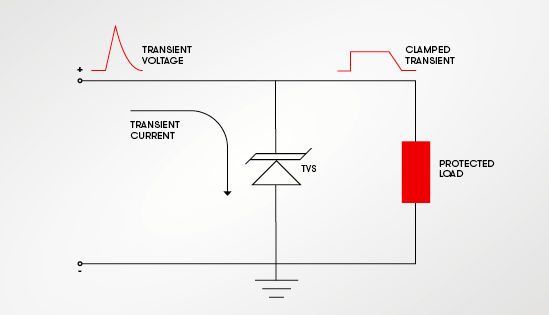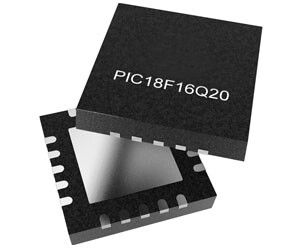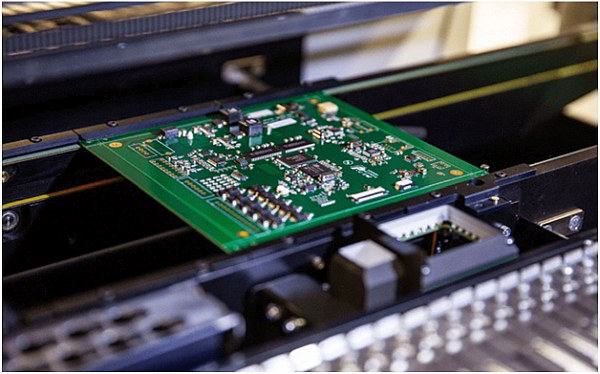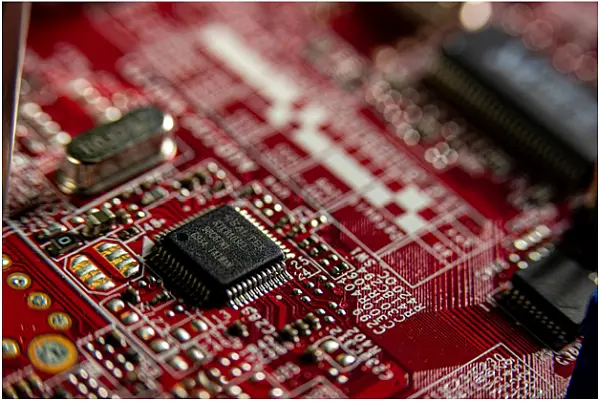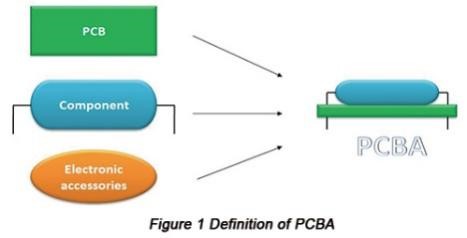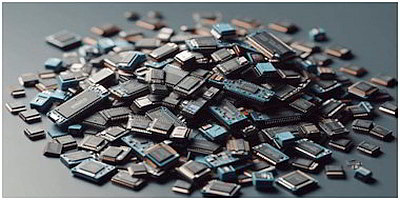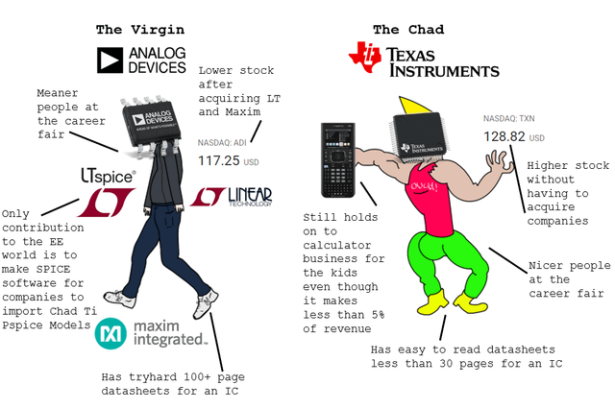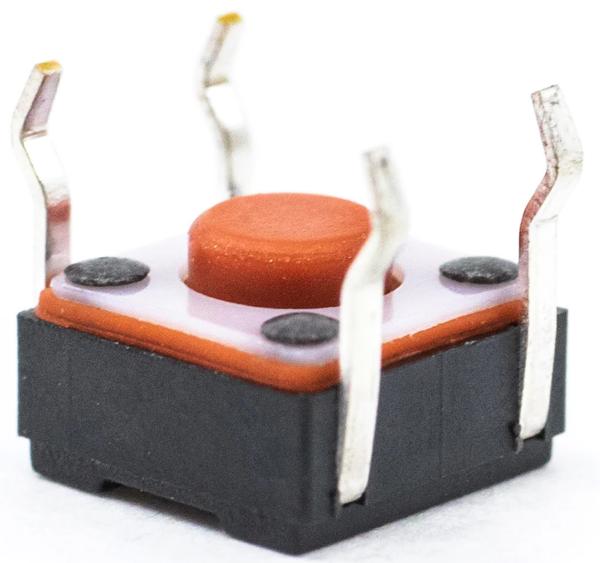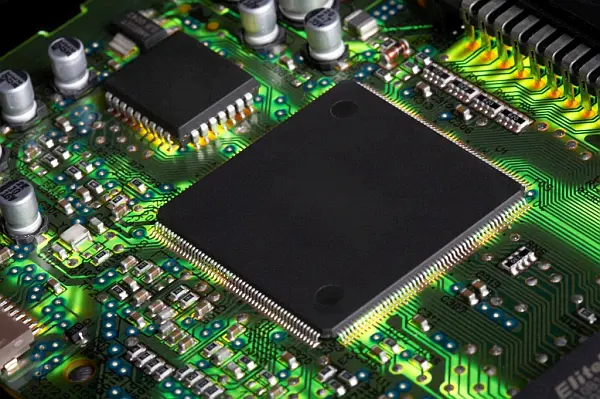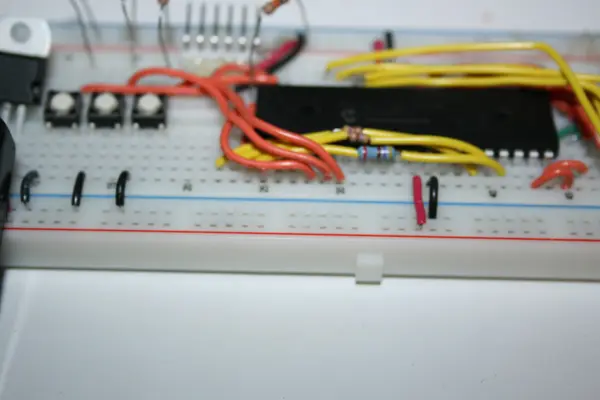What is a TVS diode? Working principle and parameters of TVS diode
TVS (Transient Voltage Suppressor) diode is a component specially used for protecting circuits. It can absorb excessive voltage pulses in an instant to prevent the protected system from being damaged. This article will introduce the working principle, parameters, application, selection and precautions of TVS diodes in detail. What is a TVS diode? TVS diode […]
What is a TVS diode? Working principle and parameters of TVS diode Read More »

